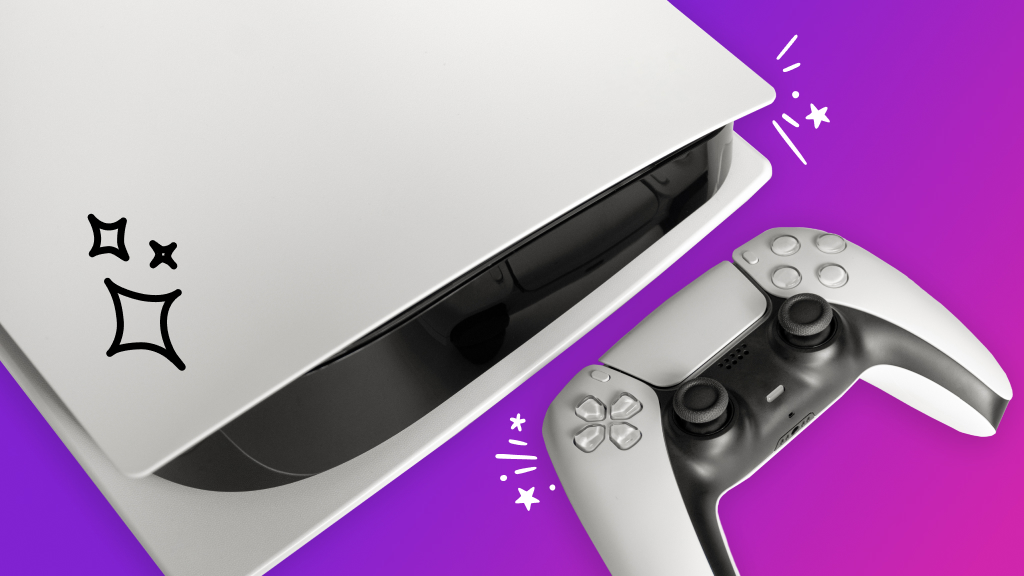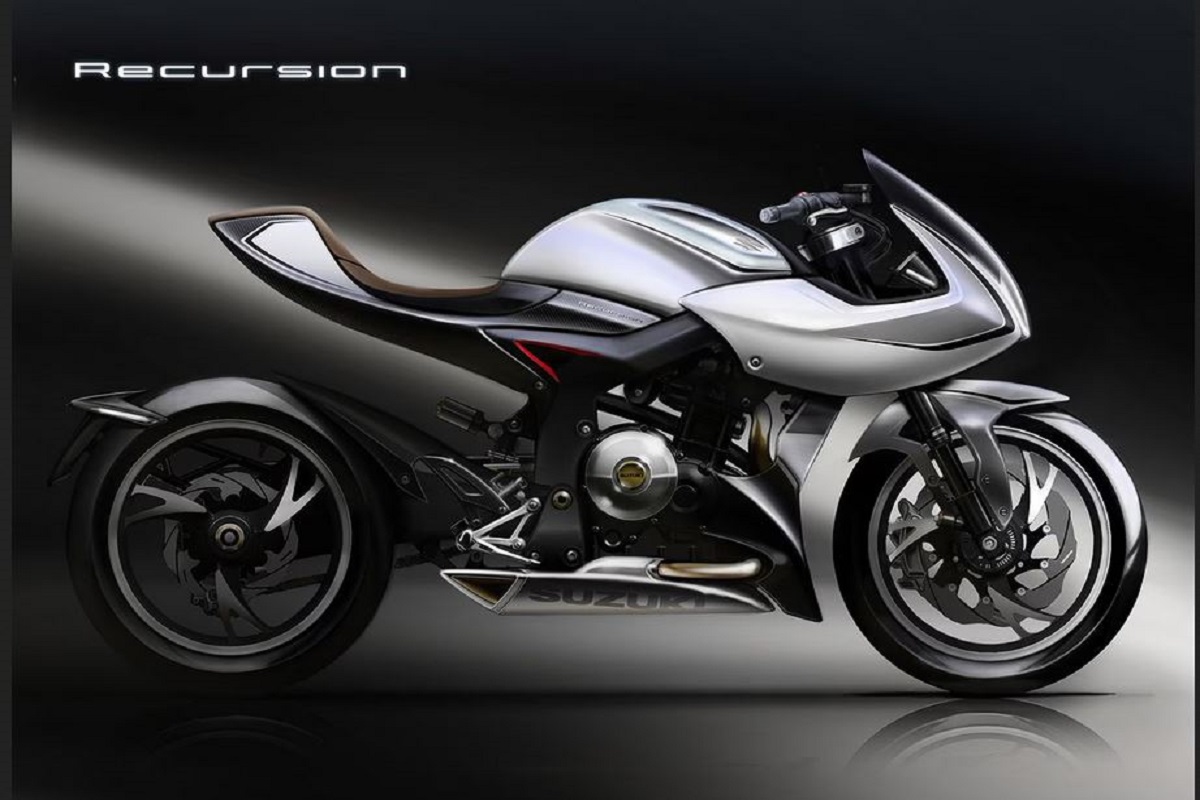Choosing the best cities in Europe for start-up businesses is a critical decision and a recent report from The Knowledge Academy sheds light on the top contenders. According to the report, Paris emerges as the leading city for start-ups, closely followed by Madrid and Barcelona. London secures the fourth position in this ranking.

The assessment criteria for these cities included factors like the availability of office spaces, rental prices, proximity to top universities, and internet speed. Paris is renowned for its excellent universities and office infrastructure and it receives praise for its supportive government policies and well-established start-up ecosystem. Lyon is the third-largest city in France, also earns a favorable spot in the ranking due to its robust university presence and high-speed internet connectivity.
In Spain, Madrid and Barcelona stand out as prime destinations for start-ups. Madrid’s fast internet speeds and ample office spaces contribute to its high ranking, while Barcelona has cemented its reputation as the leading tech hub in southern Europe over the past decade.
London is a prominent financial center, boasts the largest concentration of business incubators and universities within the top 250 in Europe. However, it also faces challenges such as high rental prices, which are the highest among the ranked cities.
Each city offers unique advantages for start-ups. Paris provides excellent public transportation infrastructure, while Lyon boasts the fastest internet speeds in Europe. Manchester, UK, stands out for its high average university score, making it an attractive option for start-ups looking to tap into a skilled workforce.
According to Talveer Sandhu from The Knowledge Academy, choosing the right location is crucial for a start-up’s success. Factors like office space availability, broadband speed, and overall business environment play a significant role in determining success. Establishing a headquarters or communal workspace can foster teamwork and collaboration, while reliable broadband ensures seamless operations, especially in the early stages of building a business and brand awareness.



